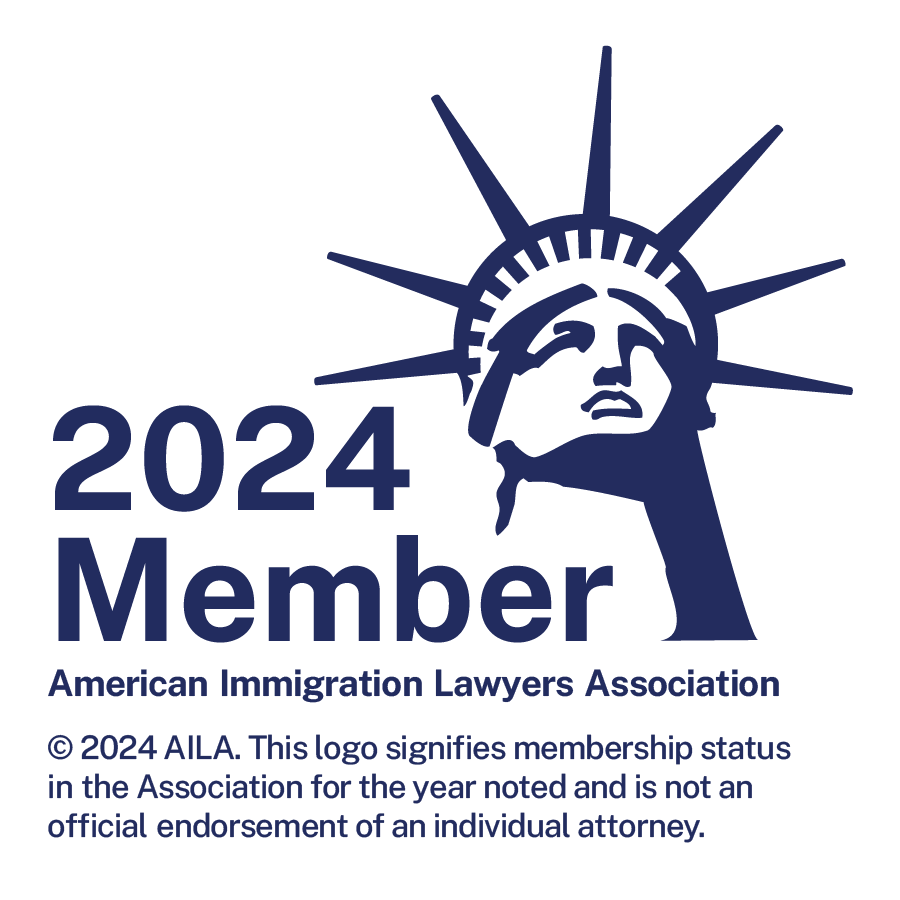Charlie does not make any future predictions for family-based categories beyond what the June Visa Bulletin states. For employment-based categories, he has predictions for the following categories only:
EB-1 Worldwide (including El Salvador, Guatemala and Honduras, Mexico Philippines and Vietnam) which became current in May 2020 remains current in June. Given the lack of EB-1 demand and the likelihood of otherwise unused numbers becoming available from the EB-5 category, this category is expected to remain current through the end of FY2020.
EB-3 Worldwide (including El Salvador, Guatemala and Honduras, Mexico Philippines and Vietnam) and EB-3 Worldwide Other Workers (including El Salvador, Guatemala and Honduras, Mexico Philippines and Vietnam) which had been holding at January 1, 2017, into May, leaps forward by more than 10 months to November 8, 2017, in June. Similar to EB-1 India, there is a large amount of pre-adjudicated demand in EB-3 Worldwide (including El Salvador, Guatemala and Honduras, Mexico Philippines and Vietnam), making it more reliable that the advancements will result in visa issuances this fiscal year.
EB-4 Worldwide (including China, India, Philippines and Vietnam) remains current in June. EB-4 El Salvador Guatemala and Honduras advances four months from August 15, 2016, to December 15, 2016. The advancement of EB-4 Mexico slows in June to a little over one month–from May 1, 2018, to June 8, 2018. These advancements were aggressive in order to account for the current processing times in the hope that all visa numbers in these categories will be used during FY2020. It is possible that these dates will hold into July 2020.
EB-5 Worldwide (including El Salvador, Guatemala and Honduras, Mexico and Philippines), Regional and Non-Regional Centers, remains current in June. EB-5 China (Regional and Non-Regional Centers) advances only two weeks in June, from July 1, 2015, to July 15, 2015. The pace of advancement also slows in June for EB-5 India (Regional and Non-Regional Centers), which advances only three months from October 1, 2019, to January 1, 2020. EB-5 Vietnam (Regional and Non-Regional Centers) similarly advances only three weeks in June from April 1, 2017, to April 22, 2017. Charlie expects EB-5 India to become current by August 2020. If that is the case, it is possible that otherwise unused numbers might fall to EB-5 Vietnam, allowing that category to advance more rapidly.


